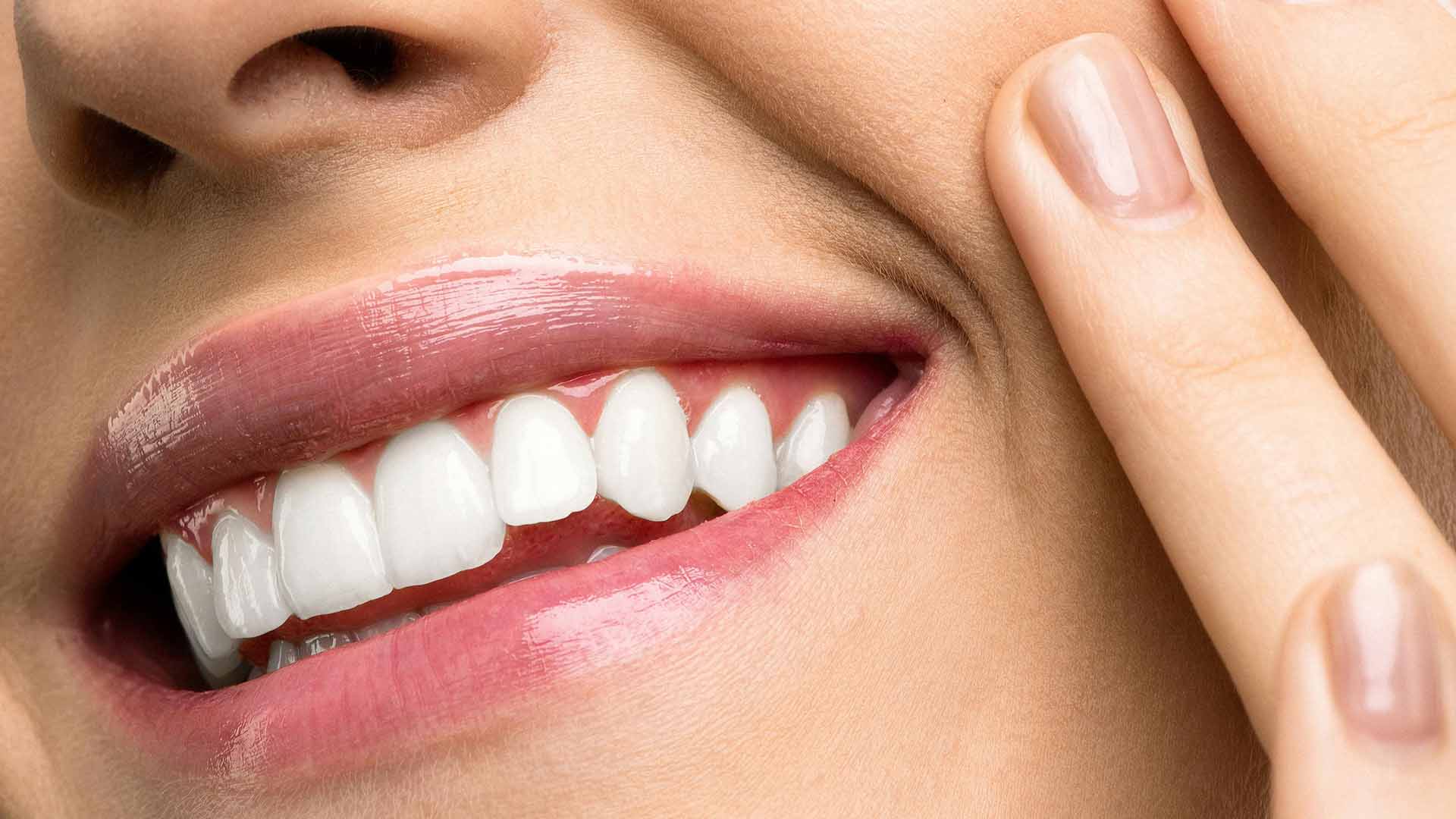Porcelain veneers are a transformative cosmetic dental solution for individuals seeking a brighter, more symmetrical smile. However, one of the most common questions for those considering veneers is, “How much do porcelain veneers cost?” Understanding the price of this procedure is essential to make an informed decision. This guide will delve into the average costs, factors that influence pricing, and ways to manage expenses for this popular dental treatment.
How Much Are Porcelain Veneers?
The cost of porcelain veneers can vary significantly based on various factors. On average, the price ranges from $900 to $2,500 per tooth. This difference is influenced by the quality of materials, the skill of the dentist, and the specific needs of the patient.
For example, premium porcelain veneers, which offer superior durability and aesthetics, tend to be more expensive than standard options. Additionally, the intricate process of custom design and fabrication tailored to each patient’s smile contributes to the overall cost.
If you’re planning to veneer multiple teeth, the price per tooth might decrease slightly, but the total cost will increase based on the number of veneers required.
Factors Influencing the Cost of Porcelain Veneers
The following factors play a crucial role in determining the overall cost of porcelain veneers:
1. Number of Veneers Needed
- The number of veneers required significantly affects the final price. Correcting a single tooth will cost far less than transforming a full smile, which may involve 6–8 veneers or more.
2. Expertise of the Dentist
- Dentists with specialized training in cosmetic dentistry or those with extensive experience often charge more for their services. Their expertise, combined with an established reputation, ensures better results but at a premium.
3. Geographic Location
- Dental practices in metropolitan areas or high-cost living regions generally have higher fees. Conversely, practices in smaller towns or rural areas may offer more competitive rates.
4. Quality of Materials
- The type and quality of porcelain used influence the cost. High-grade porcelain veneers that mimic the natural appearance of enamel and resist staining will be pricier than standard alternatives.
5. Preparatory Procedures
- Additional treatments, such as teeth whitening, gum contouring, or minor orthodontic adjustments, may be necessary before placing veneers. These preparatory procedures add to the overall expense.
6. Laboratory Costs
- The veneers are crafted in specialized dental labs using advanced technology. Higher-end labs may charge more for creating precise, customized veneers.
Insurance Coverage and Payment Options
Porcelain veneers are generally categorized as a cosmetic treatment, meaning they are not covered by most dental insurance plans. However, some dental practices offer flexible payment options or financing plans, such as CareCredit or in-house installment plans, to make veneers more accessible.
When discussing your treatment plan with your dentist, ask about available financing options or discounts for upfront payments. Some offices may also provide packages for multiple veneers at a slightly reduced rate.
Longevity and Value of Porcelain Veneers
While the upfront cost of porcelain veneers may seem high, it’s important to consider their longevity and value. With proper care, porcelain veneers can last anywhere from 10 to 20 years, depending on factors like oral hygiene, diet, and regular dental checkups.
The benefits of porcelain veneers often outweigh the costs for many patients, offering:
- Improved confidence and self-esteem from a radiant, flawless smile.
- Enhanced functionality, such as correcting uneven bites or strengthening chipped teeth.
- Resistance to stains, making them a low-maintenance option compared to natural teeth.
By investing in porcelain veneers, you’re not just paying for cosmetic improvements but also for long-lasting results that enhance your quality of life.
Tips for Managing the Cost of Porcelain Veneers
If the cost of porcelain veneers feels daunting, consider these tips to manage the expense effectively:
- Shop Around: Consult multiple cosmetic dentists to compare prices and get a feel for the value offered.
- Explore Alternative Materials: Composite veneers are a more affordable option but may not last as long as porcelain.
- Ask About Discounts: Some practices may offer seasonal promotions or discounts for new patients.
- Prioritize Needs: If cost is a concern, you can start with veneers for only the most visible teeth and add more later.
Is the Investment Worth It?
Porcelain veneers are undoubtedly an investment, but for many individuals, the benefits far outweigh the costs. Beyond the aesthetic appeal, veneers can address several dental imperfections, including:
- Discolored or stained teeth.
- Gaps between teeth.
- Chipped or broken teeth.
- Misaligned or irregularly shaped teeth.
Their transformative impact, combined with their durability and low maintenance, makes them a top choice for patients seeking a long-term solution for a perfect smile.
Final Thoughts
The cost of porcelain veneers can vary based on a range of factors, including the dentist’s expertise, materials used, and your unique dental needs. On average, you can expect to spend between $900 and $2,500 per tooth, making this procedure a significant investment. However, their longevity, combined with the confidence and functionality they provide, often makes veneers a worthwhile choice.
If you’re considering porcelain veneer, schedule a consultation with a qualified cosmetic dentist to discuss your options, receive an accurate estimate, and explore payment plans tailored to your budget. With the right information and planning, achieving the smile of your dreams is within reach.


Leave a Reply